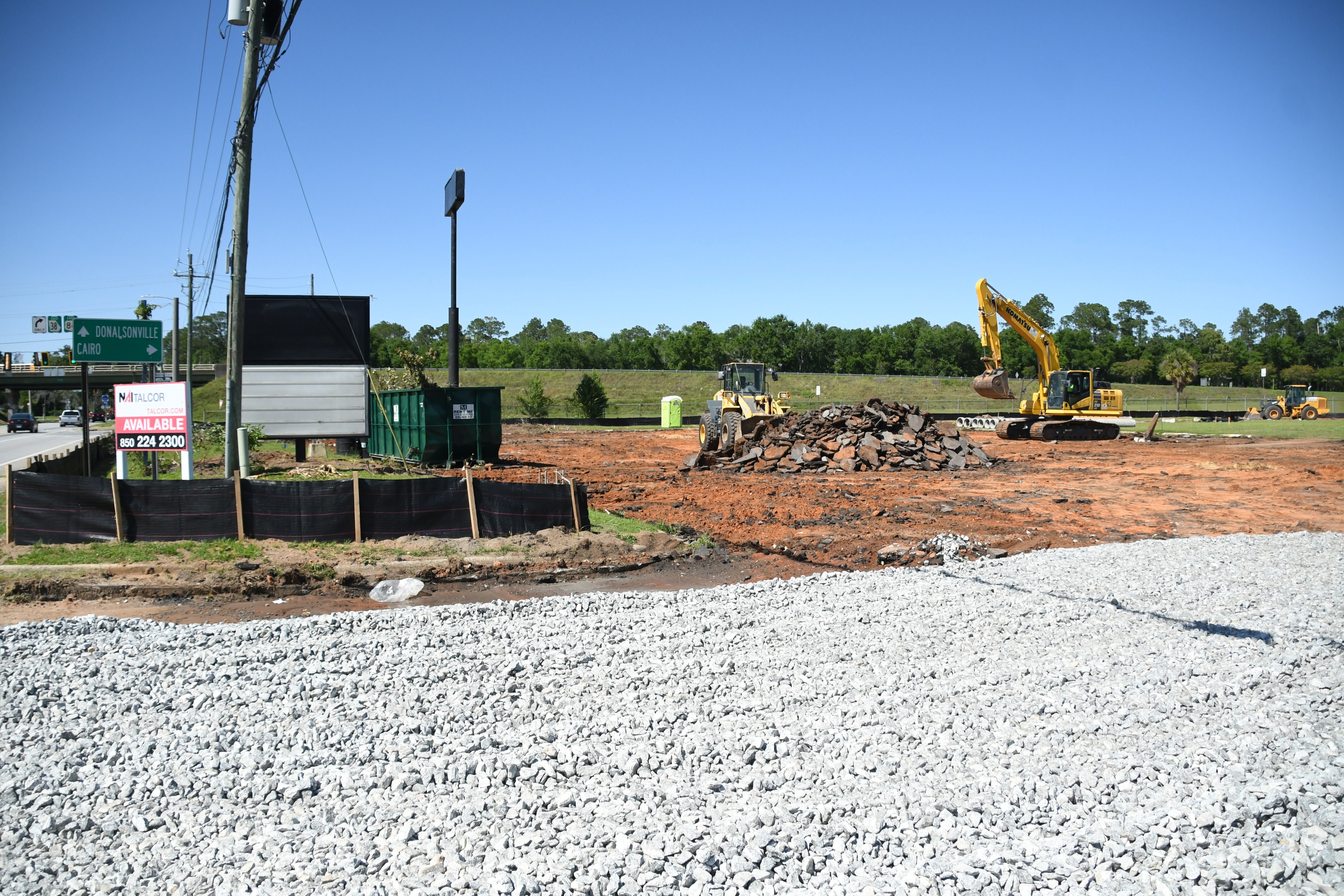Sharing the Catholic communication campaign
Published 3:03 pm Friday, May 22, 2009
Although mass media tools like TV and radio will continue to remain vital, we must re-structure our thinking to include interactive and non-broadcast technologies.
Two-way cable, telephones, computers, fax systems and local area networks are emerging as key components of any telecommunications system. Two-way or dialogue tools offer human response as part of the communication process. Too much communication to date has been centrally dominated by networks and fed to somewhat-passive audiences.
The growth of Internet reflects a desire among people to interconnect. This concept must be the basis of a communication vision for the American Catholic Church. New technologies can facilitate interconnection among church leadership and can also help an individual bond with others.
The church already has institutional caring systems (parishes, schools, hospitals, charitable bureaus) and communication technologies offer special economies to these struggling programs. People of vision can articulate practical ways to integrate technologies into these already-existing systems of information and interconnection. Many state legislatures, for example, are funding computer networks to link public schools throughout America.
The church already has many communication resources throughout the country and these need more support. There are pastoral communication programs (like the one at the University of Dayton) that have trained church leaders well. There are independent audio and video producers turning out good programs, but they struggle to survive.
Diocesan communication directors, like other church agencies, have dwindling budgets, yet they face challenging communication tasks. Ecumenical efforts like the Faith and Values Cable Channel deserve vigorous support.
The interconnection of church communication efforts will be vital, but these networks will probably grow up from the local and regional levels, rather than be administered nationally.
For more than two decades, up to 20 dioceses have operated microwave video channels in closed circuit or non-broadcast areas of the communication spectrum allocated by the federal government. These communication systems provide programs for diocesan agencies, primarily schools.
This network currently reaches more than 10 million Americans in their homes. They have developed a method of sharing their communication channels with commercial entities, thus earning large amounts of income to support further church communication efforts. This is a successful model of how the church can make the interconnection concept fiscally viable. Indeed, this network is now uniquely capable of becoming a bridge to all other channels of communication for the church: Broadcast TV, cable and computers.
It is vital that telecommunications discernment in the American church be a collaborative vision and not be co-opted by one interest group or another.
As strategic planning begins, various constituents will be visible to lobby for their interests. However, Washington, D.C., serves as an example of the gridlock that occurs when lobbyists usurp the voices of American citizens. The new vision for Catholic telecommunications will probably be more decentralized in its design, again reflecting other models like Internet, and the “reinventing government” and communitarian movements.
One could fault Catholic communicators and Catholic educators for not articulating a clear vision and plan to date for the American bishops.
The Wall Street Journal on March 20, 1995, predicts the global telecommunications market will expand at double-digit annual rates through the end of this decade to $1.1 trillion in the year 2000. We see parental school choice (even vouchers) emerging as real possibilities as Americans see a moral vacuum in public education. Where are the articulate leaders in Catholic communications and Catholic education putting forth a practical and visionary plan that will help the church provide leadership in the public square as our nation staggers toward the millennium?
One effort in process is the articulation of a National Pastoral Communication Plan underway among Catholic broadcasters in their professional association known as UNDA.
Many magazines currently feature cover stories of an “information superhighway. Like the canals and railroads of previous eras, the telecommunications infrastructure under development today will be the key to economic (and religious) development for us and for our children. These optical fiber roadways will transmit video, but they will also carry voice (telephone calls) and data (computer information).
In the history of communications media in the United States, it has been important for churches to have their own communication channels; expecting commercial operators to dole out some of their programming time has resulted in almost total exclusion of religious programming (unless you “buy time” as the evangelicals do).
Even as we prepare to plan, the church needs a national-support office to aid all Catholic communication efforts by monitoring communication action in the corporate and government regulatory arenas. This staff could keep dioceses informed, offer engineering assistance and coordinate appropriate lobbying efforts in Washington.
Churches need to be participants in the policy process to guarantee that the human spirit is not short-circuited in an electronic age. We must ensure that we do not become a nation or a global village of information-rich and information-poor. And we can conceptualize how new communication patterns and technologies can help us link with one another and build communities of faith.



